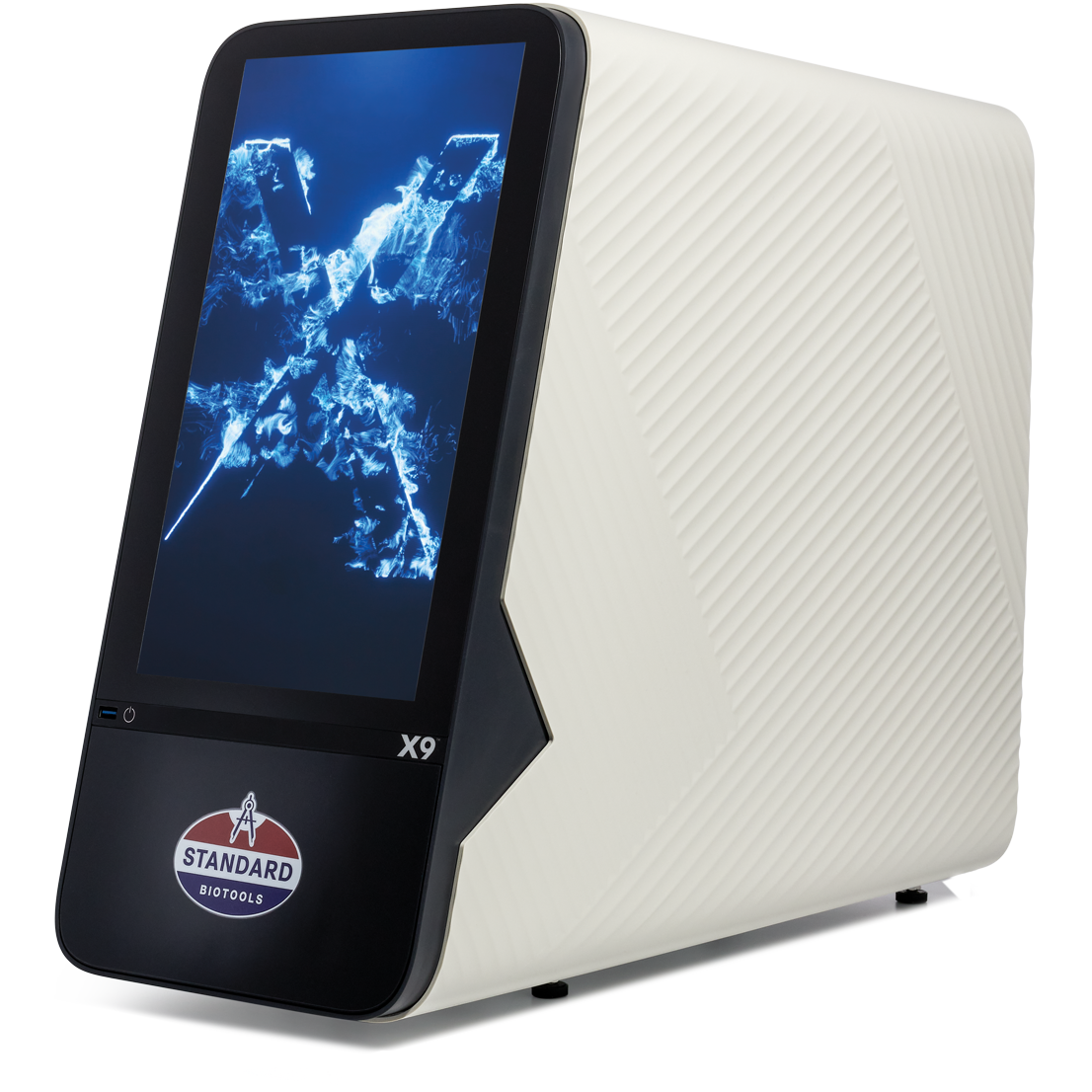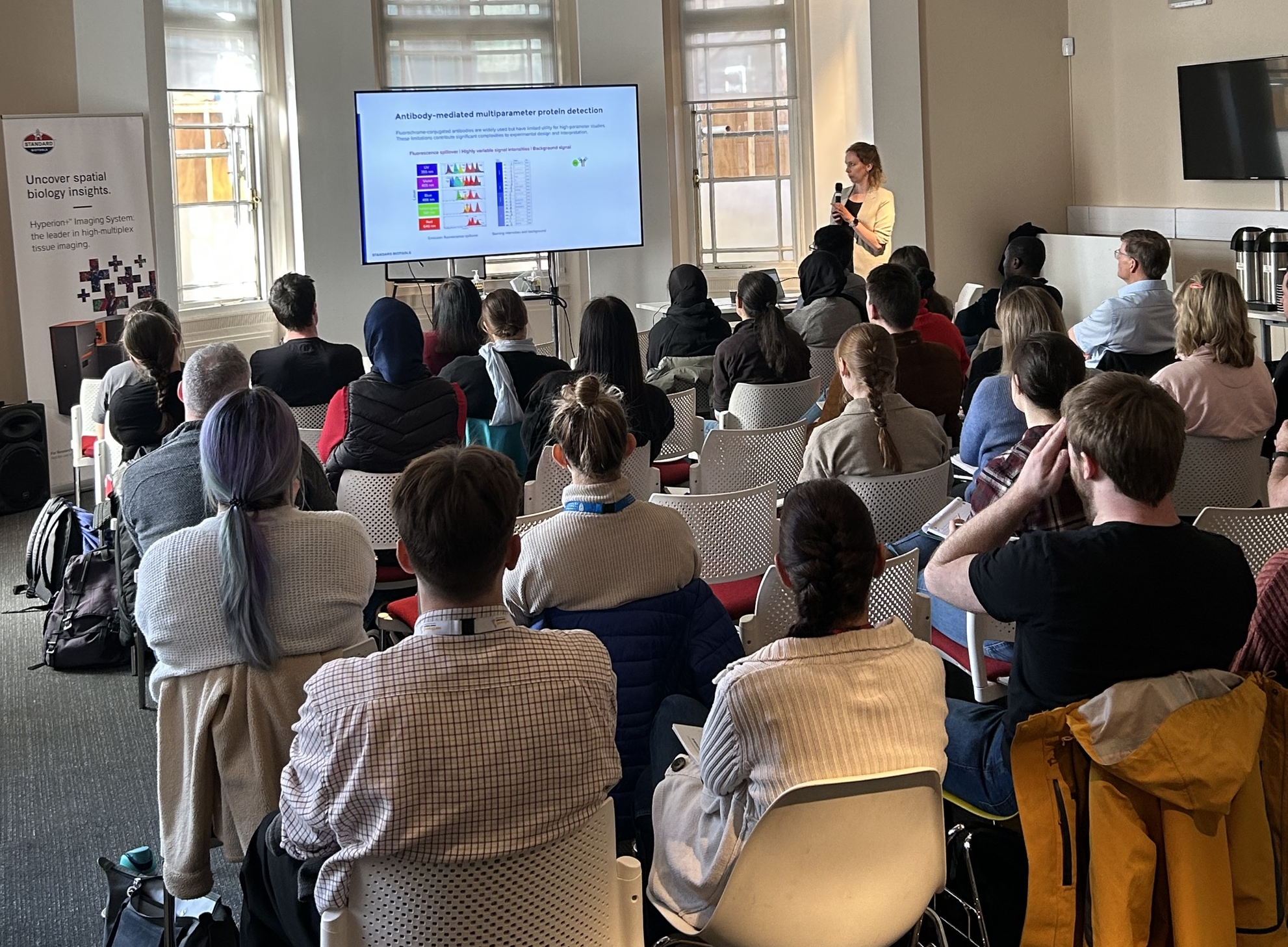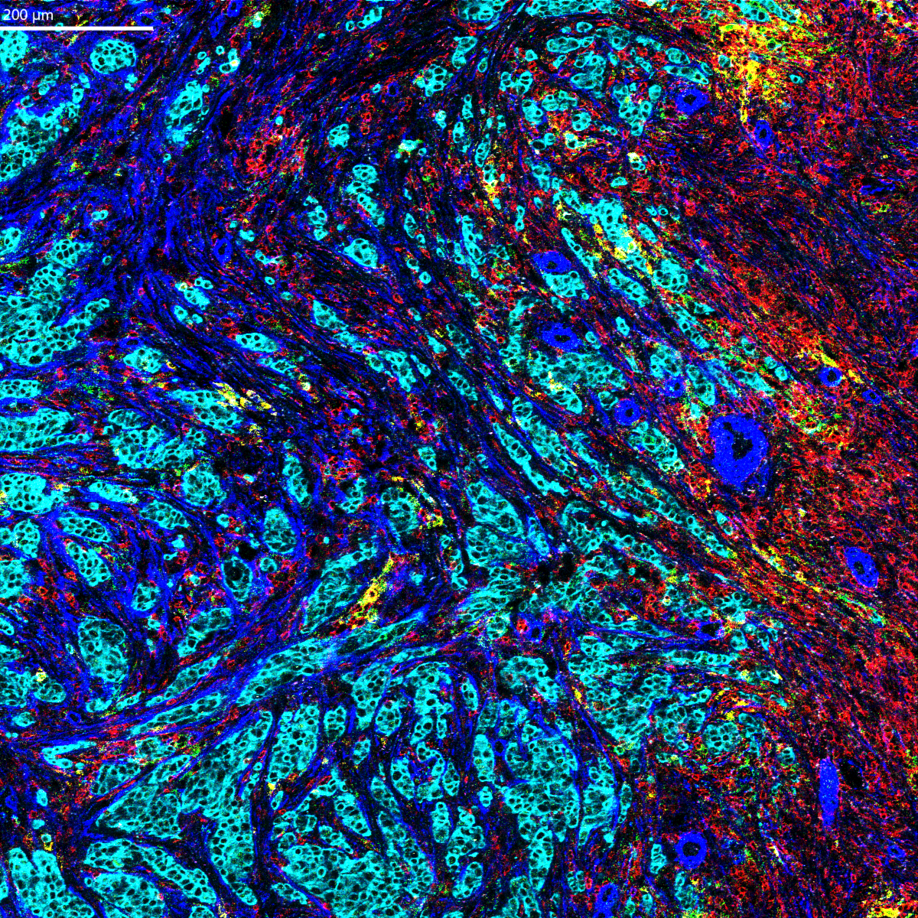A look into the pathogenic world
Equip yourself with the best tools to diagnose disease and control the course of outbreaks.

The accurate and timely detection of pathogens is crucial in disease diagnosis, trying to control the course of outbreaks and attempting to avoid large-scale epidemics. The rapidly growing human population, the pressures of climate change, the expansion of livestock production and farming and our overall global interconnectedness are all risk factors for emerging infectious disease agents. Shedding light on the microbial world can be laborious, time-consuming and expensive in the lab, so having the most effective tools for your research is essential to a faster response.

Implementing technological enhancements such as automated microfluidics-based qPCR on the Biomark™ X9 System can improve assay reproducibility and enable instantaneous modification of singleplex assays enabled by a portfolio of integrated fluidic circuit (IFC) formats that all have open architecture and independently controlled reaction chambers that operate at the nanoliter scale. Here are a few publications demonstrating the capabilities of microfluidics in pathogen detection research to expand what can be accomplished in less time and with reduced cost impacts.
Related publications:
Published in Science of the Total Environment, Malla et al. used the Biomark™ HD system to perform high-throughput (HT) qPCR to simultaneously detect SARS-CoV-2, SARS-CoV-2 nucleotide substituted RNA and other pathogenic viruses in wastewater. The authors state that “in comparison to conventional qPCR, HT-qPCR conducts more reactions per plate, allowing for the simultaneous detection and quantification of a large number of pathogens, thereby reducing cost, time, labor, and reagents requirement.” The study found that HT-qPCR may be the most time- and cost-efficient method for tracking COVID-19 and monitoring community health.
Berry et al. used the Juno™ system to analyze SARS-CoV-2 samples collected from personnel on the US/NATO military bases across Afghanistan, performing genomic and epidemiologic surveillance in order to provide insights into the local dynamics of SARS-CoV-2 spread. Results, published in BMC Genomics, show frequent introductions of the Alpha and Delta COVID-19 variants into the US/NATO military compounds during a period of two months in Afghanistan as well as transmission of viruses between the compounds, and can be used for adjustment of local prevention and control strategies.
In an article published in Water Research X, Buelow et al. used a Biomark system and integrated fluidic circuits (IFCs) to help shed light on the long-term dynamics of hospital (H) and urban (U) wastewater (WW) and the impact of their joined treatment on the burden of antimicrobial resistance (AMR). The researchers characterized the resistome, microbiota and eco-exposome signature of 126 H and U WW samples, revealing a significant impact of pharmaceuticals and surfactants on the resistome and microbiota and presenting targets for AMR-related risk assessment of WW.
All applications performed using IFCs on the Biomark HD or Juno instruments can be performed on the Biomark X9™ System for High-Throughput Genomics. The Biomark X9 System is a versatile microfluidics-based benchtop platform that streamlines real-time PCR workflows to generate up to 46,080 datapoints per eight-hour shift or up to 384 barcoded libraries per day.
Check out other blog posts
Thanks for a wonderful 2023
Standard BioTools closed out the year with a full fall conference season. Here are some of the exciting regional events at which we had the opportunity to showcase our newest tools and technology.
12 Days of Spotlights
Check out some of the talk highlights of the year and learn from the best how to integrate microfluidic, cytometric and imaging methodologies into any workflow across a wide variety of research areas.
Unless explicitly and expressly stated otherwise, all products are provided for Research Use Only, not for use in diagnostic procedures. Find more information here.



